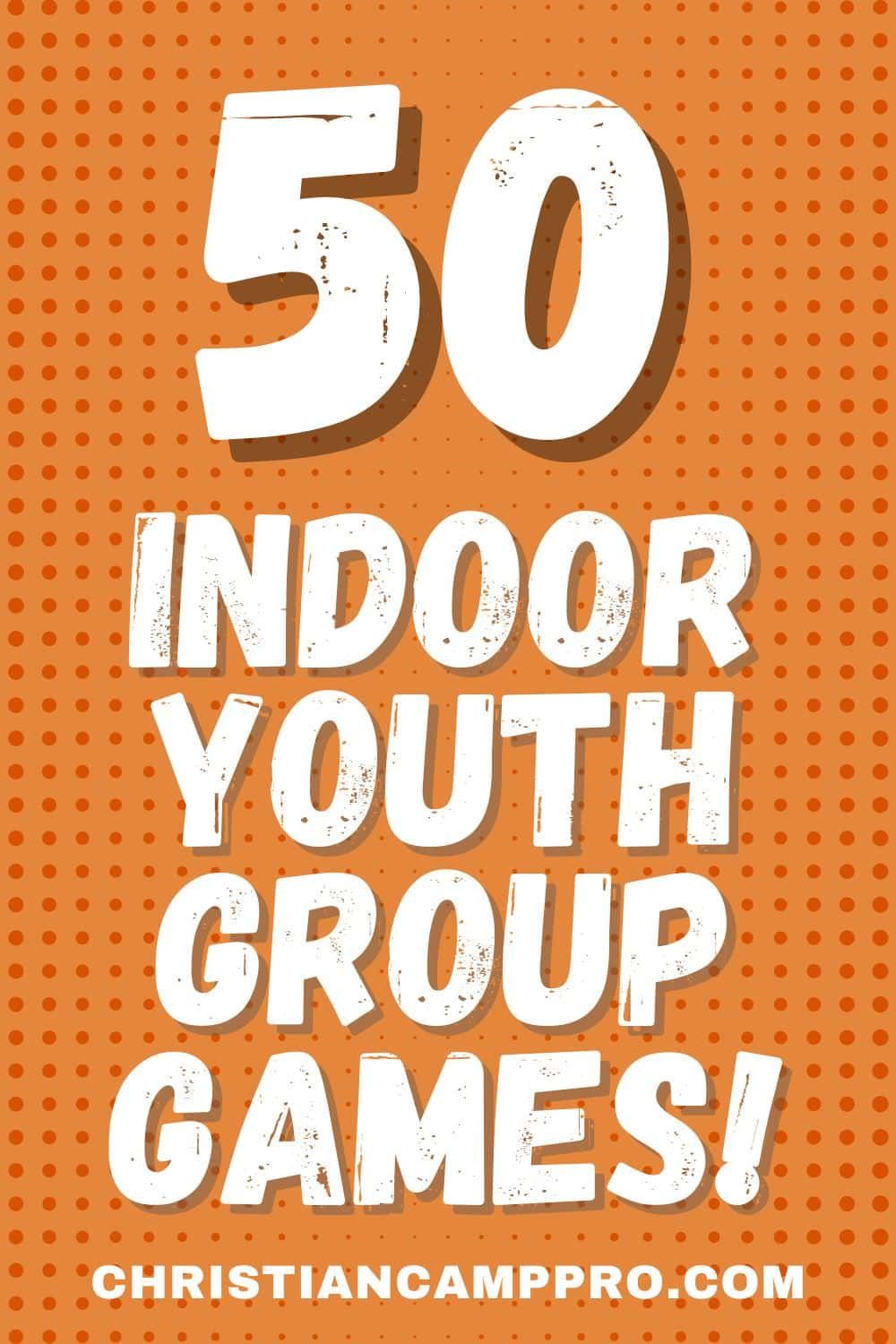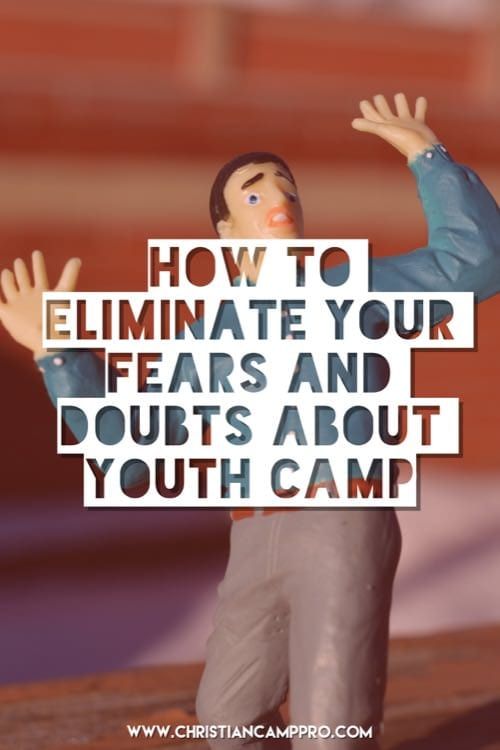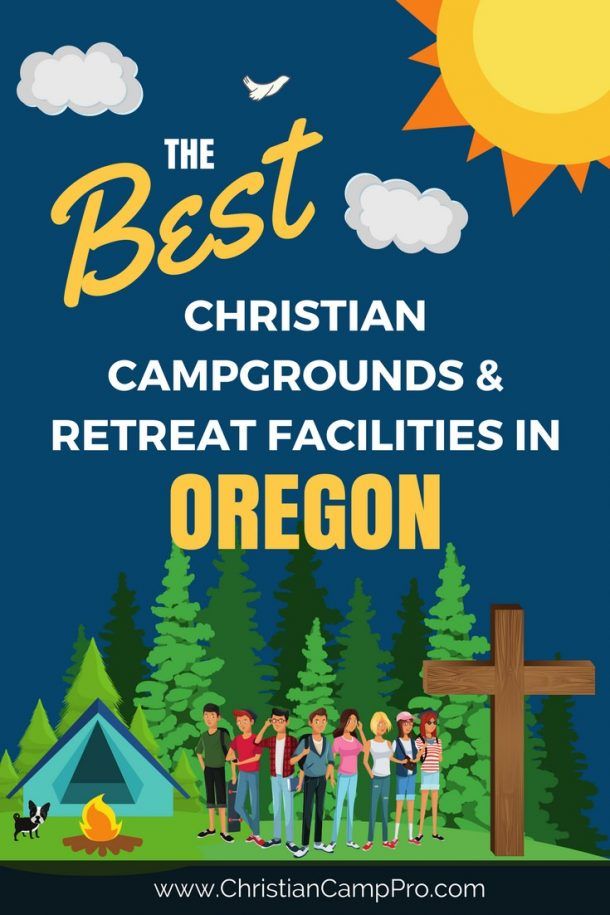50 Fun and Easy Youth Group Games for Indoors (No Prep Necessary)

It’s a fact that youth will stay engaged and learn better when fun games are involved. A great way to keep them having fun is by playing these fun youth group games.
These indoor games are not just any games, they can also be used by youth leaders to help improve their faith and live a Christ-centered life.
Here are 50 Youth Group Games for Indoors that are fun and require no prep time!
In this list, you will have games ideal for both small groups and larger groups. Some require 3 players and others 10 players or more. What they all have in common is they don’t require large amounts of preparation time.
You are sure to find new ideas that you could incorporate and use now with no need to go out and purchase anything at all.
If your adult leaders are looking for the best youth group games for indoors then you’re in luck! This list of indoor group games is perfect for youth ministry, youth camps, PE, summer camp, school events, party games, and more!
Alligator Swamp
No. of Players – 5 and up is ideal
In this simple game, the aim is for players to get across the play area without touching the “swamp filled with alligators”. It’s a little bit like “The Floor is Lava” with an alligator twist.
All you need to play this game is an open area to accommodate all your players and anything you have on hand that participants can use to help them get across the room’s play area.
Examples could be:
- cardboard boxes these can be torn apart during the game to create stepping stones.
- chairs and other sturdy furniture
- rubber mats
- an old sheet for starting area
- *be careful not to use anything too slick as participants will be jumping from item to item.
Players will start with everything they can carry in hand and on the starting area. They will use what they have to create a makeshift bridge/walkway to the other side. If they fall off or run out of materials, they are eaten by the alligators and it’s another team’s turn.
Another version of this game is called “River Crossing” where they have silicone discs like these you can use.
Back to Back Get Up
No. of Players – 4 and up
Place youth in groups of two sitting together with their backs against each other. The goal of the game is for them to move from a seated to a standing position while keeping their backs together.
This team-building game helps to teach the lessons of teamwork, the importance of fellowship, and can be used in a Christ-like friendships youth camp theme.
Also called the Partner Stand Up Challenge!
Blob (Tag, but better)
No. of players – 10 and up
A blob is coming to catch the youth in the group, as it catches the next player, it grows bigger and bigger. Each captured youth now becomes a part of the blob. All you need for this game is a large room. It’s really fun with a big group!
This is an alternate version of playing “tag”. Here are 10 other ways to play TAG.
Boppity Bop Bop
No. of Players – 5 and up
This youth group game for indoors teaches youth to be alert, so they can respond quickly when needed. The group forms a circle with one player in the middle.
This player is “It”. It will start the game by pointing at a player and saying “Boppity Bop Bop Bop”. The player he points to must say “Bop” before it finishes, or else he will have to switch places with “It”.
If the player says “bop” early enough, then “It” has to point to a new player. The game continues as long as time permits, and any disputes can be settled with a game of Rock-Paper-Scissors. Or, do you say it Paper-Rock-Scissors, like me?
Capture The Flag
No. of Players – Enough so you can form two teams.
This is a very involved game that teaches teamwork and strategy. It’s perfect for a large group with a large indoor play area like a gymnasium or even an entire building.
The group is divided into two teams, which each have a flag or an object used as their marker. The marker is located at the team’s base. Players from opposing teams will try to capture the flag and bring it back to their home base.
Players can be tagged, after which they can be taken out of the game or can become members of the opposite game. You can also make it a rule that they have to be frozen in the spot they are tagged until they can be freed by a team member.
Did you know there is a glow in the dark version of capture the flag called “Capture the flag REDUX“?
Change Places If…
No. of Players – 10 and up
This game tests each player’s listening skills, while also serving as a fun activity icebreaker. It allows players to learn more about the other members of the youth camp.
The game starts with everyone standing in a circle. A leader is chosen to call out a series of statements. For example, the leader may say: “change places if you have ever swam in a lake.”
If you have done this, you move so that you are no longer beside either person you were standing next to. Continue the game for at least 10 rounds, with members keeping track of the number of times they change places.
In the end, the person who has changed places the most may get a good game prize!
Charades Relay
No. of Players – 6 and up
Teams will compete against each other in a traditional game of charades. Gameplay will move from one team member to the next to the next to create a relay-type experience. The first team to guess all the items will be championed as the winning team.
Crab Soccer
No. of Players – 10 and up
For this game, the youth will play soccer in the crab position. You will need an open space, a soccer ball or a yoga ball is ideal. You will also need a way to distinguish between goals or goalposts for either side.
The rules of this game are the same as soccer, except players sit on the ground, using their hands and feet to move around.
Each team has one side of the playing field to defend. The game starts with the ball being thrown into the center of the field. Only one player at a time can defend each goal.
If multiple players get close to the goal when a ball is close, they will be warned. After multiple warnings, the offensive team will gain a point automatically.
Each goal is worth a point, and you can play up to 10 points or whatever number you choose based on the time you have available.
Defenders of the Cones
No. of Players – 10 and up
Your youth group is divided into two groups, and each team tries to throw a ball to knock over the other team’s cones. For this game, you will need balls, cones, and hula hoops to shake it up a little.
Players guard their cones against the attacks of players outside of their circle. At the beginning of the game, players place their cones and form a circle around them.
Indoor dodge balls are tossed into the circle randomly, and the first players to grab the balls will become the first defenders of the cone. These players will pick a cone and throw the ball back to the players they are choosing for their circle.
When all players are chosen, the game begins. This is a fun group game that is always a good time and gets the heart rate up!
Try these other dodgeball variations.
Dragon Tail
No. of Players – 8 and up
Similar to Tag, this game is action-packed with its own twist. Persons link elbows to form “dragons”, then attempt to grab the tail of the other team’s dragon. The last remaining team is the winner of the game. It’s best to start with smaller groups since each new dragon tail grab will result in making your dragon longer.
Here are some other versions of the Tag game you may like!
Faker
No. of Players – 5 and up
In this game, players must run past the tagger without getting tagged. This is a great way to work on those dodging skills! For this game, you will need some cones to use as the boundaries of your open space. You can also use chairs or even walls and corners if that works.
This is a football drill and can sometimes be referred to as “breaking ankles” which simply means outmaneuvering the other player through greater agility.
Indoor Flag Football
No. of Players – 6 and up
Sometimes it’s best for youth group leaders to go with a classic game that everyone knows. In this scaled-back version of Football, teams need to score 21 points by finishing passes in different areas of the field. All you need are markers for distinguishing your boundaries and of course a football.
Giants, Wizards, and Elves
No. of Players – 8 or more
This is a great icebreaker that is played as an alternate version of Rock, Paper, Scissors. This new game is just a lot more fun!
Create two teams who will act out one of the 3. Players must act out the characters using noises and hand motions.
Giants
- Stand on tippy toes
- Raise arms
- Make menacing growling noises
Wizards
- Crouch slightly
- Wave fingers as if casting a spell
- Make magical noises
Elves
- Crouch lower than wizards in a stealthy motion
- Cup your hands around your ears
- Make high-pitched elf noises
- Make bow and arrow motions
Pro tip: Giants beat elves, Elves beat wizards, and Wizards beat giants.
Grandma’s Footsteps
No. of Players – 3 and up
One player is Grandma or Grandpa and stands facing a wall. Other players start at one end of the room, trying to creep up on Grandma so they can tap her on the shoulder.
But Grandma can turn around suddenly. Anybody that is moving when she turns around must go back to the starting point.
No movement can be done while Grandma is watching. Whoever touches Grandma on the shoulder becomes the new grandma or grandpa.
Attack of the Grog!
No. of Players – 3 and up
You will disassemble a flashlight into at least 3 parts and hide the parts in different places within the building or rooms you have access to. One player is the “Grog” and has to find and tag the players looking for the flashlight parts.
If the Grog tags a player then that player must freeze for 20 seconds before they turn into another Grog. The goal is to assemble the flashlight and shine it on the Grog to neutralize it and win!
This is one of those fun indoor games that should be played in a safe environment where you can get as dark as possible. Try these other flashlight games!
Hit the Door at Midnight
No. of Players – 3 and up
This is similar to the game “Ghosts in the Graveyard”. It is a great nighttime game, or you could just turn out the lights in the room you are using.
Start by making groups and selecting a base (a door). One person is chosen to be “it” and will stand at the base. They will count to 12, while other players hide.
On 12, “it” will yell out Midnight, and the hiders must try to run to the base before they are caught. If a person gets found, they will become it. Persons must hit the door to be deemed safe.
Human Sculptures
No. of Players – 6 people minimum in groups of 3
This game is also called Human Clay by some. It is a great icebreaker game that requires posing people into large human sculptures using predefined topics. Players must come up with creative interpretations. You are advised to create gender-based groups due to the game’s body placements.
I was Walking Down the Street
No. of Players – 3 and up
The game starts with one person finishing the statement “I was walking down the street”. They add to the statement, beginning a story that is passed to another individual after making their addition.
It tells a story of what is seen and experienced on the walk down the street. This can be a very hilarious game and a great way to keep youth engaged.
Kick the Can
No. of Players – 3 and up
You will need open space and a can for this twist on the standard kick-the-can game.
Killer Wink (Among Us version)
No. of Players – 6 and up
There will be one secretly selected player that has the ability to “kill” by winking at surviving players. Players have to try and identify the killer in the game.
The Laughing Game
No. of Players – 3 and up
One person is chosen to be the jokester, and they are tasked to make the people in their circle laugh. They can make funny faces, tell jokes, and more. After a set amount of time, choose the person who made the most group members laugh as the winner.
Manhunt
No. of Players – 3 and up
This is a game of hide and seek but in reverse. All but one person will seek and one person does all the hiding.
Mathew, Mark, Luke, and John
No. of Players – 4 and up
This is a “follow the leader” type of game. You will need enough chairs for all players. Each chair has a number, and players change chairs, but the chairs are always the same number.
Players will need to pay attention to know which chair they are sitting in. If you don’t have enough chairs, you can play the game in rounds. Player actions can include:
- Slapping knees
- Clapping hands
- Snapping fingers on the right hand
- Snapping fingers on the left hand
Matthew starts by saying “ready” and players start the above routine until they are all in rhythm. Mathew gives instructions to specific players, and only that player must do that action while the remaining players cycle through the actions. If a player doesn’t react quickly, they are out.
Musical Chairs
No. of Players – 6 and up
This is a hit with youth who are at their competitive stage of life. You will need chairs and music. We suggest contemporary Christian music like Toby Mac.
While the music is playing, players are on their feet and moving around the room. When the music stops, players must find a seat. The person left standing is out of the next round of the game.
Pass The Emotion
No. of Players – 5 and up
In this game, everyone gathers in a circle. Choose one person to call out emotions. The starting player will make a facial expression to show the emotion, then the next person to their left does the same.
This is continued as the emotion is passed around the circle. When the circle ends, another emotion is called and the game continues. It’s a great time to see young people making silly expressions.
Penny Chinny
No. of Players – 3 and up
You will need as many pennies as you have players. Each player gets a penny and must balance the penny on their chin.
While you have pennies, you should try these cheap penny crafts!
Poop Deck
No. of Players – 5 and up
This is a fast-paced game. Players have to run to different parts of the “ship” to avoid elimination. The ship is divided into the poop deck, the main deck, and the quarter deck.
It is a great game for middle school and high school students. The whole group will find it hilarious. You will need items to mark the boundaries of your ship. You can use whatever you have on hand; tables, chairs, etc.
At the beginning of the game, everyone lines up outside of the three areas. One person is selected to lead. The leader will call out one of the three areas, and everyone must run quickly to the correct deck that was named.
The last person to get to the correct deck is eliminated and has to stay on the sidelines. The leader is the judge of who is eliminated. The game continues until there is one player left – this is the winner.
Psychiatrist
No. of Players – 5 and up
The player assigned as a Psychiatrist needs to figure out what is wrong with their group. At the beginning of the game, the psychiatrist is asked to leave the room.
The leader gives the patients instructions on how to act out their secret symptoms. These will be acted out when the psychiatrist re-enters the room, and these will be their clues on how to figure out what is wrong with the patients.
For an extra bonus, grab a clipboard with a piece of paper on it for the psychiatrist to walk around with.
Red Rover
No. of Players – 10 and up
Your classic game of Red Rover is always fun for youth. Players form two teams, which you can name. Teams line up on opposite ends of the room with arms linked. It is best if teams are 30 feet apart.
The first team will call a player out “red rover”, red rover let (player name from the opposing team) come over. The chosen player will run to that team trying to break their chain.
If they don’t break the link, they join the team, but if they do, they can take the two players that formed the broken link with them back to their team. The game continues and ends when the last link is broken.
Rock, Paper, Scissors Tournament
No. of Players – 8 and up
You can pull off this fast-paced game very easily. Your youth group will definitely want to play this game over and over again. Start by allowing each youth to choose a partner.
They will play rock, paper, scissors one on one, following the standard rules. The winner will advance to the next round.
The game continues after each round until only two competitors remain who face off to the end, with the final champion being determined by who wins the last round.
I still play this with my best friends to this day.
Sardines
No. of Players – 3 and up
This game is a twist on the classic game of hide-and-seek. One person hides and everyone else tries to find them. But when you find the hider, you don’t hide them, instead, you hide with them. The game continues until there is only one person seeking and the entire group is hiding in one place like sardines.
Screaming Vikings
No. of Players – 8 and up
This is one of my favorite youth group games for indoors if you don’t have a lot of space for the kids to move around. Players sit in groups of circles on the floor.
The game starts with one player pointing to another within the circle, instructing them to act out a screaming Viking, a quarterback, a fighter jet, etc.
After that player is done, they keep going by pointing to a new person and giving further instructions. It’s a lot of fun seeing everyone act out.
Seven Up
No. of Players – At least 14
This is an awesome guessing game your youth group will be begging you to play again. We used to play it in vacation bible school growing up.
It’s also called Heads Up, Seven Up, or Thumbs Up, this game is played with group members in the front, a group of players sitting, and one selected player who gives the instructions; heads down, thumbs up, or heads down all around.
When the players say heads down, the youth should hold their heads to their desk or table, keeping their eyes closed but with a thumb up.
Once everyone is in place and with their heads down, the group that is standing will go around the room, pressing down thumbs, before returning to the front of the room.
The player giving the instructions then says heads up stand up or heads up seven up, and the youth whose thumbs were pressed must stand up while the others just raise their heads.
The standing youth get to guess who pressed their thumbs. If they guess correctly, they switch places with the person who pressed their thumb. The game continues as long as time permits.
Sherlock
No of Players – 5 and up
Get your youth in a line and choose one person to be Sherlock. Sherlock will then leave the room, allowing each remaining youth to change something about their appearance.
They can change one thing and can pull their hair up or down, take a jacket off, place a sticker on their arm, etc. Sherlock will then reenter the room and will try to identify as many changes as possible.
Sneak
No. of Players – 10 and up
The aim of this game is to be the first team to capture 9/10 balls from another team. It is a game of strategy which helps teach the importance of teamwork and having a plan of action.
You will need 2 hula hoops and 10 balls for this game. There can be different types and sizes of balls to make the game more interesting, so you can use whatever you have on hand.
Players will stand around their hula hoop of balls to guard them, but cannot stand closer than 10 feet from it. Some players will defend and others will guard.
As long as a player sneaks past the defense of the other team and places a hand (or foot) in the hula hoop they are deemed safe and can take a ball back to their team’s hoop.
Split the Difference
No of players – 4 and up
You can play this game anywhere, as it doesn’t need any preparation or materials. It is great for building conversation and a great way for youth to laugh and have fun.
Players line up in a column facing the leader. The leader asks a divisive question, such as ice cream or popsicles. Those who choose ice cream will go to one side, while the ones who chose popsicles will go to the other.
Each side will now face the other. They will now need to defend their decision by debating with one another. The funnier the questions, the more fun the game.
Spud
No. of Players – 5 and up
All you need is a ball and an open indoor space to play this game of spud. It’s a great default game, with no pre-preparation needed.
The leader will throw the ball into the air and call a person’s name. Everyone else will run away, and the person whose name was called will catch the ball and then shout stop.
The person holding the ball will pick a target and will take 4 big steps spelling out S.P.U.D. towards the target. They will then try to hit the target with the ball.
They cannot skip the ball and they can’t aim at the head. The target can try dodging, but their feet must remain planted on the ground. If they dodge or catch the ball, they are the new “it”.
If the player does not catch or dodge the ball, the current it remains it, and everyone gathers in the circle and the game restarts.
Telephone Game
No. of Players – 5 and up
This game can show youth how gossip can easily be spread through mishearing and misunderstanding the things we hear. The game starts with players in a line or circle.
The first player whispers something into the ear of the second person in the line, and the message is retold along the line or around the circle. The final player announces the message they received, and the first person says their message.
Most often, the message is not the same as the initial message, and may even be a very funny nonsensical message in the end.
The Floor is Lava
No of Players – 6 and up
All you need are items to get players across the floor. The floor doesn’t have to be Lava either, it can be an alligator swamp or any other dangerous place that needs to be crossed.
The Human Knot
No. of Players – 5 and up
This game is an ideal icebreaker, perfect for the first day when youth are not yet familiar with each other. It helps new people work together in close physical proximity. Players have to figure out how to untangle their human knot without anyone letting go of their hands.
Trust Walk
No. of Players 3 and up
This is a choice game for teaching youth to trust and work together in a group. You will need blindfolds for this game. Blindfolded players must rely on the instructions they are given to avoid obstacles and get to the end of the path.
Two Truths and One Not
No. of Players – 3 and up
This game can be played in pairs or groups. Three statements are made, and the group or pair has to figure out which one is the lie.
Here is an example that I would use, “I once ran ate candy for an entire day, I think skunks are the best animal, I got my head stuck in a balloon.” Which one do you think is not the truth?
Ultimate Ninja
No. of Players – 6 and up
This is a fast-paced and action-packed game that is very funny. The aim of the game is for the person with the quickest reflexes to win and be the ultimate ninja. Players must dodge the attacks of other players and get as many as their team members out.
We Work Together
No. of Players – 5 and up
In this game, the group works together, responding to verbal commands and stopping together when necessary. The announcer will call out, “spin” “clap” “hop” “quack”, and various other commands while the group is working together. This is a great youth group game for teaching bonding and the importance of working together.
Who Am I?
No. of players needed – at least 5
This is an ideal introduction game for helping your youth group get to know each other. You will need paper and pens or pencils for this game.
Each player will write down 3 facts about themselves on the given paper. The facts shouldn’t be things that everybody will know.
The papers will be handed to the leader, who will read each aloud and assign a number to each. Players will write on separate pieces of paper who they guessed it to be.
After each set of facts is written down. There will be a discussion among players to determine who they think each one is, and then the person will reveal themselves.
Who is in Charge Here?
No. of Players – 5 and up
This is a funny copycat game where team members imitate the actions of their team leaders. There is one person in the middle that has to figure out who is the leader originating the actions.
Whoosh the Imagined Ball
No. of Players – 10 and up
Players will arrange themselves in a circle, the game is started with an imaginary ball that is passed around the circle using different motions and words.
Zip and Bong
No. of Players – 3 and more
This is a game of imitation where players make funny noises while not showing their teeth. You can expect this game to be met with a lot of giggles and laughing outbursts.
4 Square
No. of Players – 4 and up
Both adults and youth can enjoy this game. You will need a ball, chalk, and painter’s tape to mark your boundary. Four players will play on a court or space that is divided into quadrants.
Your aim is to eliminate other players by bouncing the ball back and forth between quadrants. If a ball is bounced in a player’s quadrant, and the player is unable to bounce it into another player’s quadrant, they are eliminated from the game.
At this point, a new player can enter the game, and the game can continue until there is one winner. It can also be played by allowing a champion for each group of 4 and having champions go against each other until all youth have participated and an overall champion is decided.
60 Second Objects
No. of Players – 6 and up
Groups have to work together to replicate an item they are given. They only have 60 seconds per item. It is similar to charades, so it can be played with different teams up against each other to choose a champion at the end.
Now we all love outdoor games! But, these youth group activities indoor are perfect for those rainy days and hot summer days.
We hope this list of 50 indoor youth group games gave you some new perspective on traditional games, as well as showed you some new ways to engage your youth group, teaching them while they have fun.
You may also like these 7 rainy day games.

Free Retreat Planning Checklist!
Over 20,000 Downloads! Join now to receive my FREE Retreat Planning Checklist that will save you time when planning your next event! You will also receive the latest games, themes, and ideas to help take your next camp or retreat to the next level. Don’t miss out!




